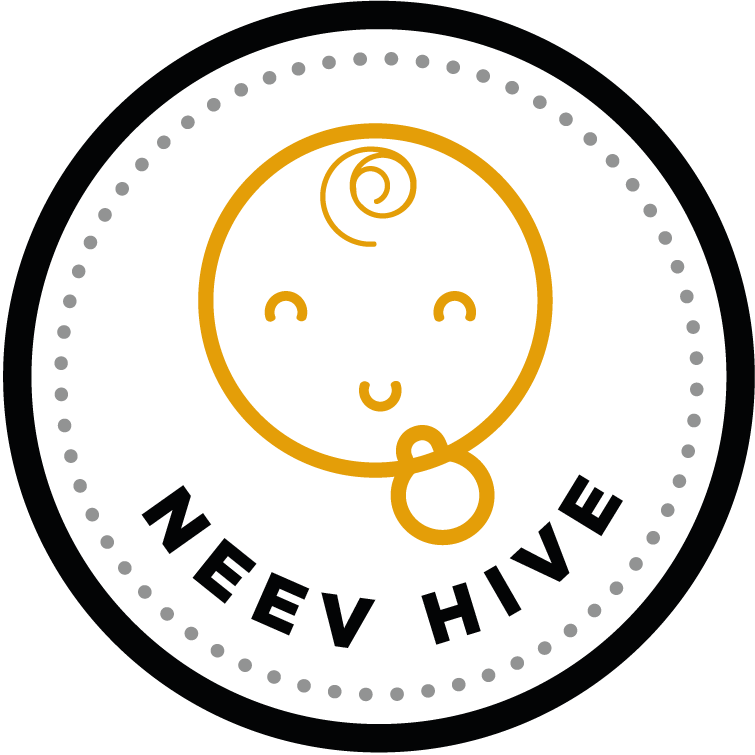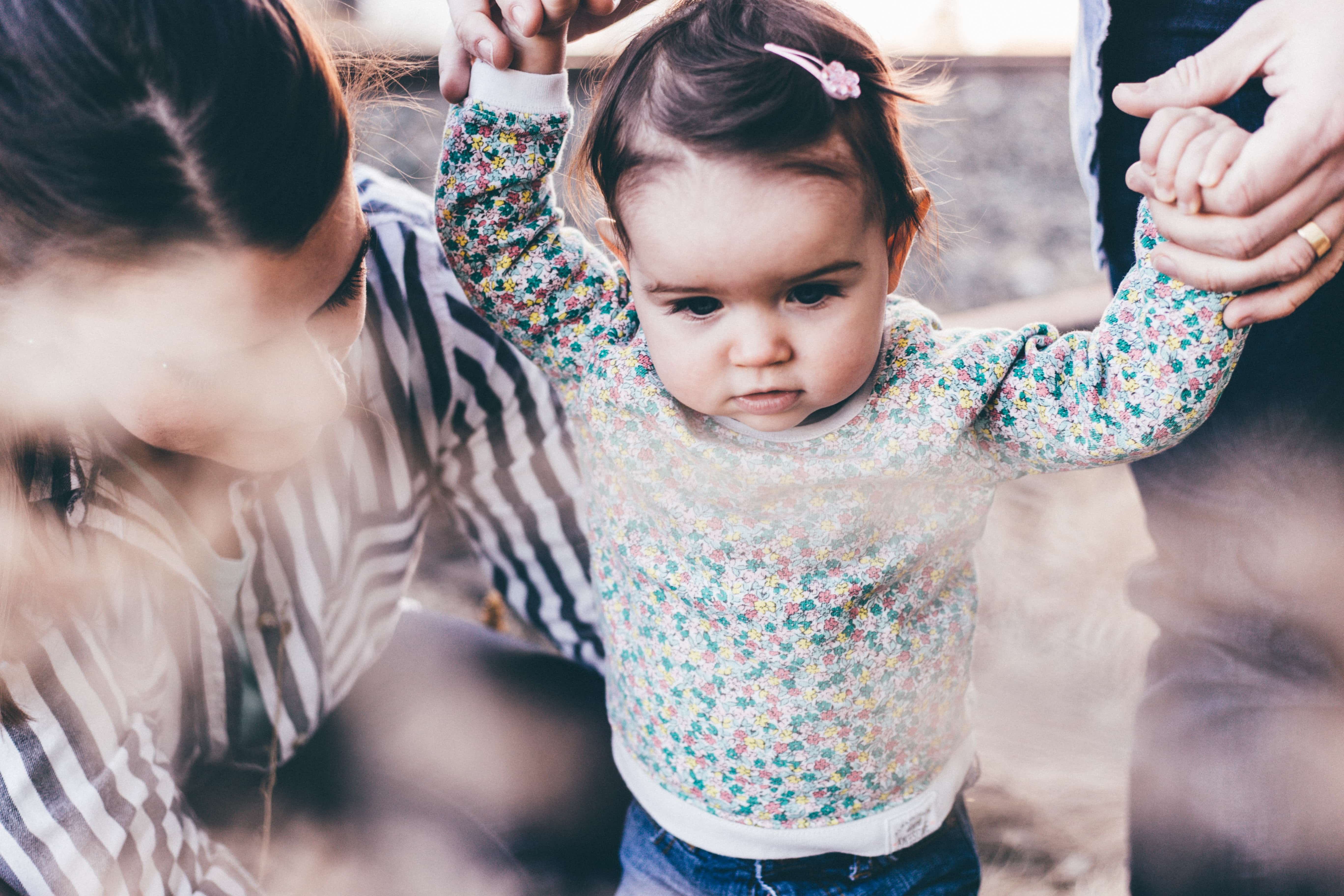I have been working with families for donkey’s years! Potty-training trends have come and gone, research has improved and parenting is becoming much more respectful and responsive.
I am often asked about potty-training and one of the questions that comes up is what sort of ‘kit’ I recommended in preparation for P-day.
For me the ‘kit’ is less important that following your child’s lead and making sure they are both physically and emotionally ready (I’ll save that for another blog post!)
Nevertheless, I do have some ‘kit’ related tips that I think can really help make the transition from nappy to potty/loo run more smoothly.
- THE POTTY!
Pick a potty that fits the shape and size of your child. The important thing about choosing a potty is that your child is going to be comfortable. For example; a tall toddler may not be very comfortable on a very low to the ground potty (although there are some instances when having the knees really high up can help but in general being comfortable is preferable to begin with).
A potty with a lift out middle to help empty it can be really useful but is not indispensable.
The potty does not need to be all singing all dancing, something simple and easy to clean is a winner in my book!
- THE LOO SEAT.
I much prefer the family loo seats, this is a standard loo seat with an integrated trainer seat that lifts up and down, I find these so much more practical, and easy to clean.
- PANTS/KNICKERS.
In the early days I recommend a traditional style knicker or pant, rather than a boxer style, and here’s why:
A boxer/shorty style with the looser leg, rather than a traditional pant or knicker that is elasticated around the top of the leg, is less likely to contain a stray poop! This means there is more chance for it to roll down the child’s trouser leg and potentially out onto the floor!!
- TROUSERS.
Easy up and down is the key!
Not only are we supporting our children as they acquire this new skill, we are also encouraging autonomy (and most children love to feel that little sense of independence and pride when they manage to do it ‘all by themselves’).
Avoid anything with buttons or zips and anything too tight. Loose tracksuit bottoms or even pyjama bottoms will do the trick.
- SHOES.
Yes shoes! I wanted to mention footwear because invariably shoes end up getting wet at some point during the potty-training journey!
For the first few days pick shoes that can be wipe clean or can be popped into the washing machine. This will make the experience less stressful for you, and in turn less stressful for your little one.
- A STEP.
This is simply to help them get up and down onto the loo independently (remember we are encouraging autonomy…) and to get to the sink for handwashing. Having hand soap that is simple to use and a hand towel within reach also helps make the experience as easy as possible.
- A REWARD CHART.
I am including this because many parents choose to go down this route, and it works well for many, but is in no way a must have!
If you choose to use a reward chart because you feel it is right for your child/family and that they will respond well to it then think about making one yourself with the help of your little one. It can make it much more personal and you can adapt it to what you feel will work best for you.
These are the main bits of ‘kit’ you might need. As with most things parenting if you keep things simple, listen to your child, keep calm, respect what is right for them and your family as a whole (and this may not be what is right for you friend, neighbour or sister in law!) Then your little one will soon have mastered this new skill.


